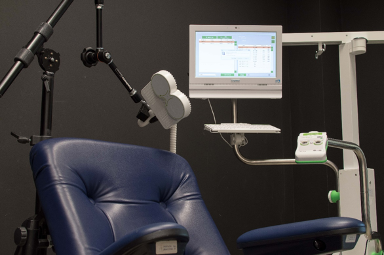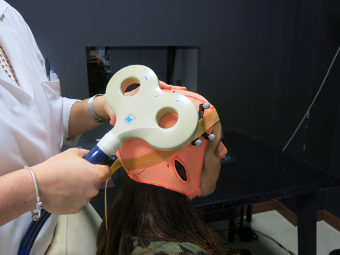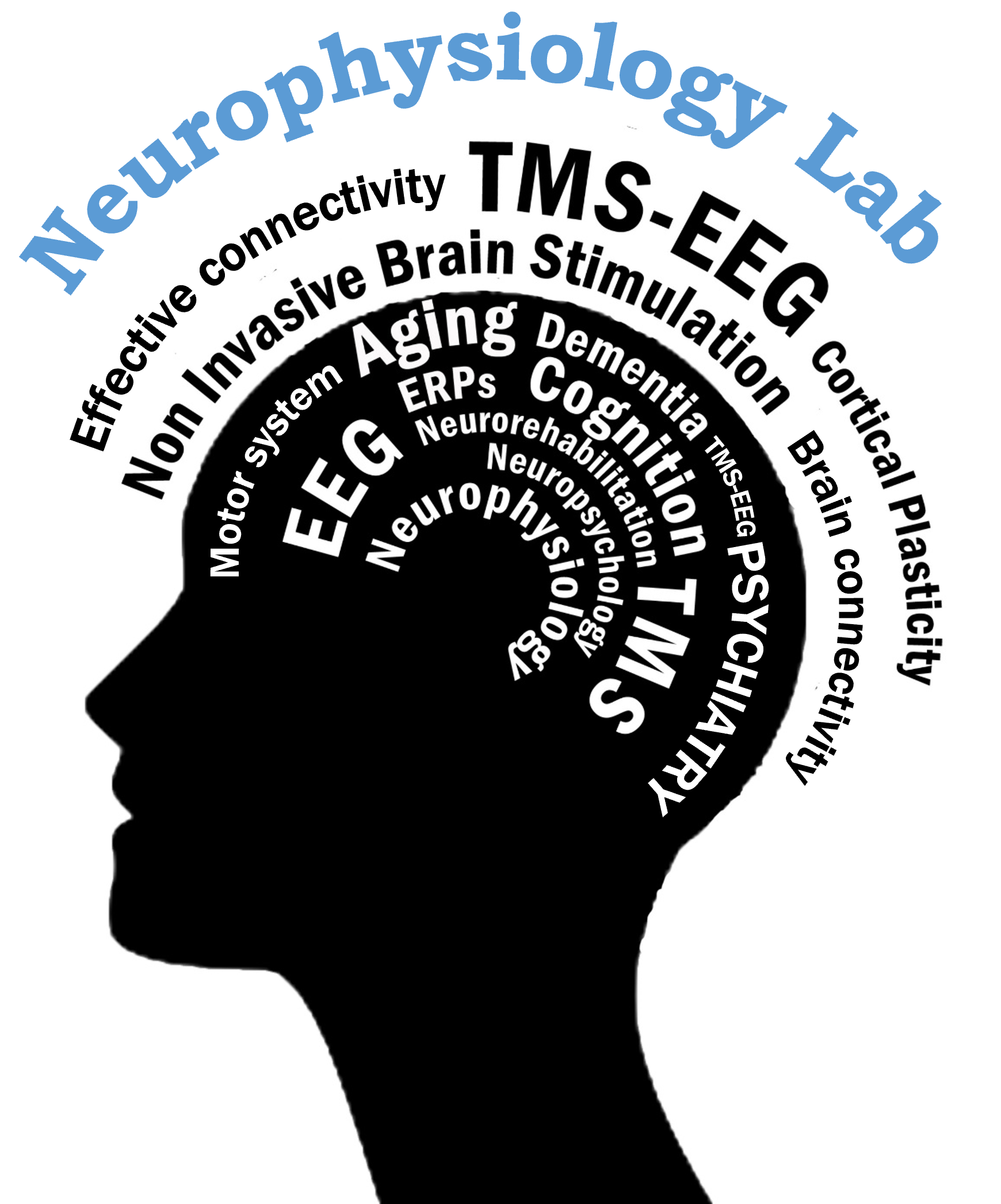

Transcranial Magnetic Stimulation or TMS is a technique already employed in hospitals and clinical centers for diagnostic purposes. TMS is used to stimulate brain areas in a non-invasive way. According to the electromagnetic induction principle, through a coil placed on the head, TMS delivers a magnetic field which induces a brief brain activity. TMS was introduced in 1985 in clinical neurophysiology for the functional assessment of corticospinal pathways (Barker et al. 1985). Starting from 1950s, technological progress allowed the development of machines able to deliver repeated trains of magnetic pulses with a high frequency. This type of stimulation, called repetitive TMS (rTMS), allows to increase or decrease the activity of a given cortical area, depending on the frequency of the magnetic pulses. Since rTMS induces effects that persist over time, rTMS shows great potential as an additional tool in the rehabilitation of neurological and psychiatric disorders. To date, evidence of efficacy has been reported in the treatment of drug-resistant depression and chronic pain, but many ongoing trials are evaluating its effects in several neurological and psychiatric diseases (Lefaucheur et al. 2020). The Lab of Neurophysiology has several magnetic stimulators equipped with stereotaxic neuronavigation systems, which allow to deliver magnetic stimulation with high spatial precision.
